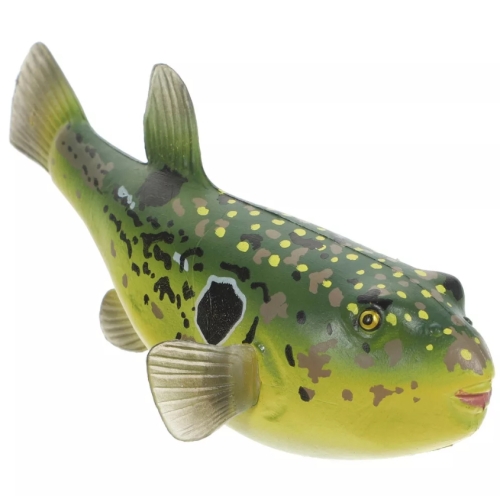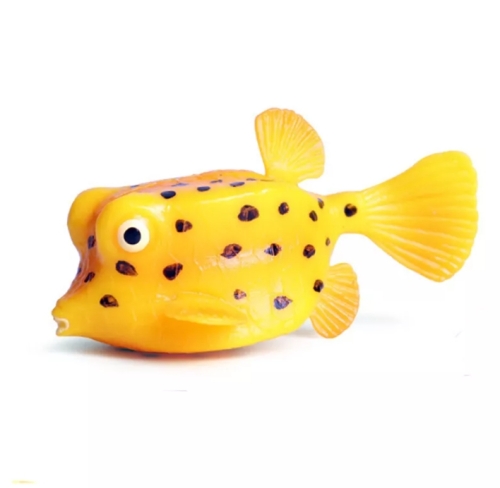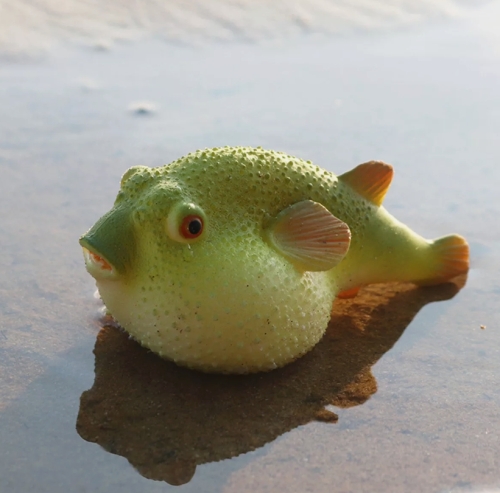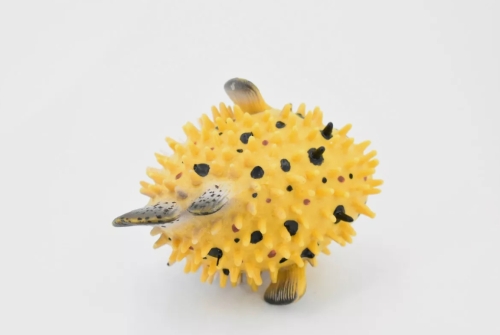The puffer fish model is a popular theoretical framework that is widely used in a variety of disciplines, especially economics and ecology. Its core concept is derived from the biology of the puffer fish, which is able to inflate by swallowing large amounts of water when threatened, forming a self-protection mechanism. This feature is extended in the model as a strategy to deal with uncertainty and risk, reflecting the ability to adapt to environmental changes.
In economics, the blowfish model is often used to describe the behavior of market participants, especially in the face of uncertainty and information asymmetry. When market conditions fluctuate, individuals and businesses tend to adopt conservative strategies in order to reduce potential losses. This phenomenon can be explained as a self-protection mechanism, similar to how pufferfish inflate to fight off predators. This behavior can lead to irrational market movements, as participants tend to overreact, creating price bubbles or crashes.
In ecology, the puffer fish model highlights how organisms respond to external pressures, such as predation and climate change, through adaptive strategies. The adaptive behavior of organisms is similar to the survival strategies of puffer fish. In harsh environments, organisms may adopt conservative survival strategies to minimize the risk of death. This phenomenon has played an important role in the evolution of species, allowing them to survive in complex and changing ecosystems.
The puffer fish model is more than just a simple metaphor, it also provides profound insights into decision science. In a complex and dynamic environment, individuals and organizations must learn to respond flexibly to uncertainty and adjust their strategies. This flexibility requires not only a keen sense of the external environment, but also the ability to react quickly, which coincides with the rapid response of pufferfish in the face of threats.
















